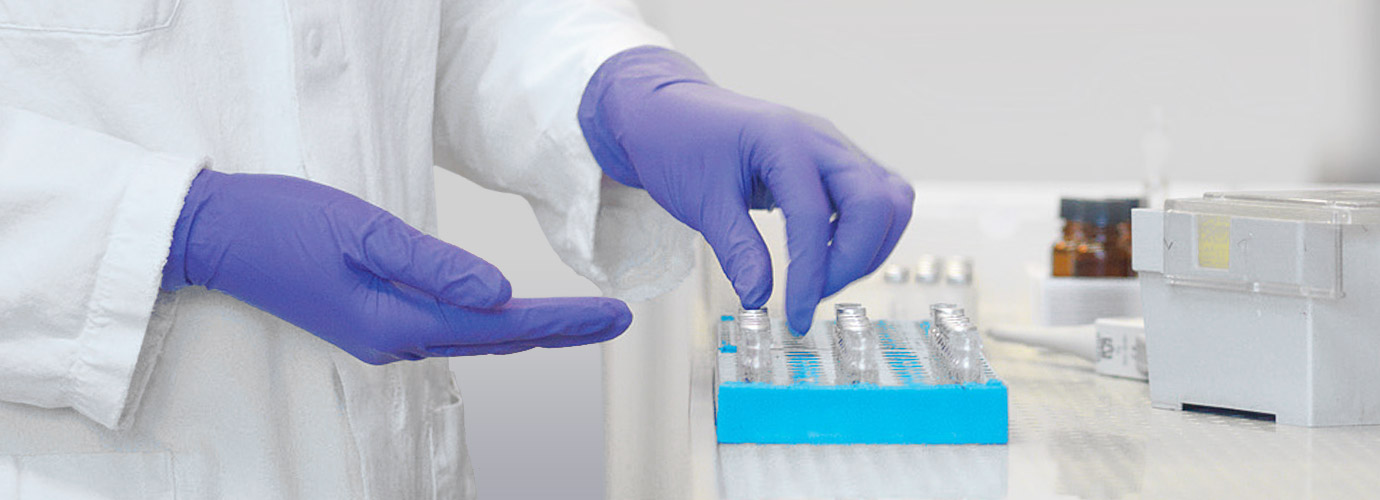Easy ways to reduce pain at paediatric clinics

06.2025
Author Dr. Martin Claßen, Bremen
Although paediatric clinics manage to build up trust with many young children and create a relaxed environment for examinations, vaccinations often lead to negative, painful experiences. A study was conducted in Japan on 60 children between 3 and 6 years old to investigate how pain can be reduced in subcutaneous injections during vaccinations. The children were randomised into two groups of 30, and the intervention group was given a gel-based, flexible cool pack on their upper arm for 30-60 seconds before being vaccinated (Japanese encephalitis or influenza) no later than 60 seconds afterwards. Expressions of pain were measured blind on video over 10 seconds using the FLACC scale (Facial expression, Leg movement, Activity, Crying, Consolability). The control group was given the gel pack at room temperature.
The median FLACC score in the group with the cool pack was significantly lower (1 [IQR 0-1.25]) than in the group where the gel pack was at room temperature (2.5 [IQR 1-6]) (p = 0.011).
Reference:
Okafuji, I, Washio, R, Okafuji, T, Tanaka, Y, Kagimura, T. Use of a cooling pack to reduce subcutaneous vaccine injection pain in children aged 3-6 years: A single-blind, randomized, parallel-group multicenter study. PLOS One. 2025 Mar 26;20(3):e0318322. DOI: 10.1371/journal.pone.0318322]


